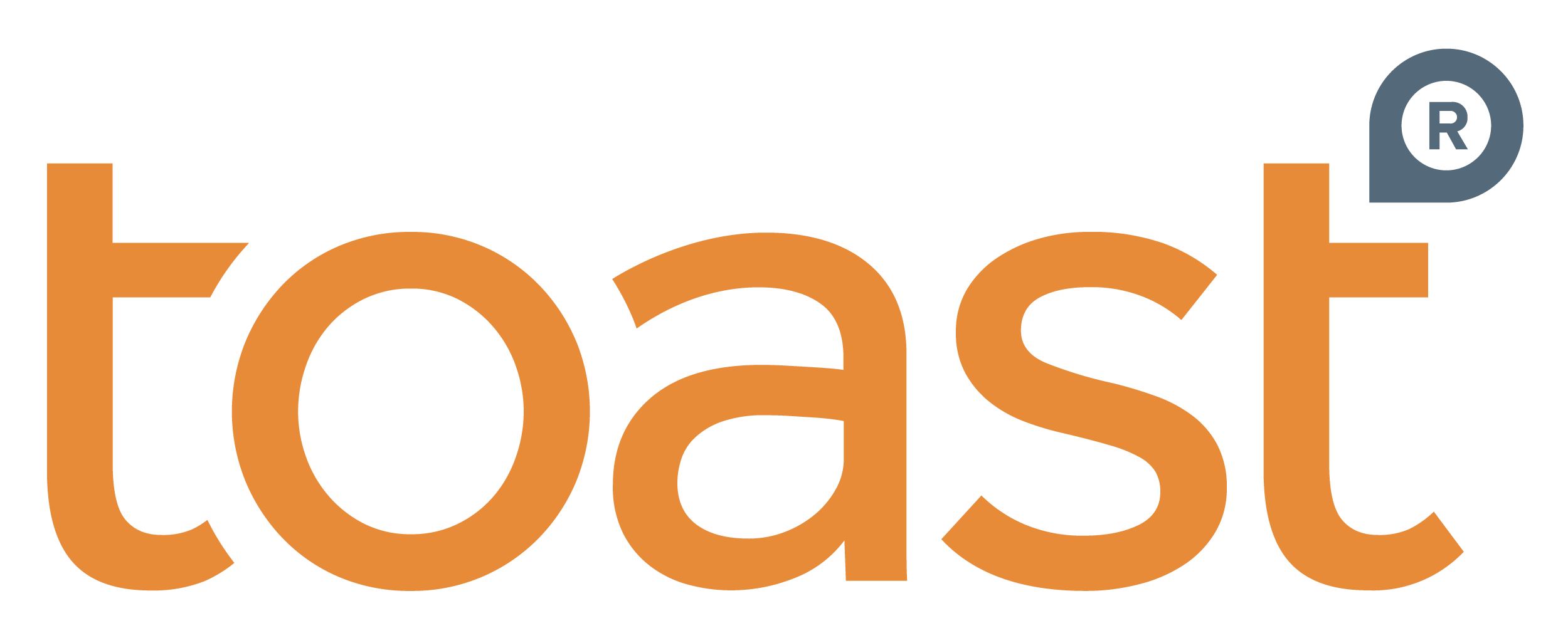Ensuring your marketing materials are accessible to everyone, including those with disabilities, is both an ethical obligation and a smart business move. Digital brochures are the perfect medium for creating dynamic and accessible content that can be adapted to meet the varied needs of your audience. By harnessing the accessibility of digital features, you can create content that speaks to your whole customer base.
In the context of digital brochures, accessibility refers to designing and presenting information in a way that allows people with disabilities to perceive, understand, navigate, and interact with your content effectively. Disabilities can range from visual impairments and hearing loss to cognitive challenges and mobility issues. Creating accessible digital brochures ensures that everyone can access and comprehend the information you’re presenting regardless of their additional needs.
Why accessibility matters for digital brochures
Inclusivity
One of the most important reasons to make your digital brochure accessible is inclusivity – you’re ensuring that people of all abilities can engage with your content, which is a powerful way to promote inclusiveness and diversity.
Legal and ethical obligations
Many countries have legal requirements in place to ensure that digital content is accessible. Failing to comply with such regulations can lead to legal consequences.
Broader audience reach
People with disabilities and their families, friends, and colleagues are more likely to engage with content that is accessible to them. This broader reach can have a positive effect on your brand’s reputation and market share.
SEO Benefits
Implementing accessibility features often goes hand in hand with improving your content’s search engine optimisation (SEO). Search engines favour content that is structured for accessibility, which can lead to higher rankings and increased online visibility.
Key tips for making your digital brochure more accessible
Always use alt text
Images in your brochure should have descriptive alt text that conveys their meaning to people who cannot see them. Alt text is read aloud by screen readers, providing context and understanding.
Make clever colour and contrast choices
Ensure there’s sufficient contrast between text and background colours. This is crucial for people with visual impairments or colour blindness. Avoid conveying information solely through colour – use text or symbols as well.
Readable fonts and text size
Always choose fonts that are easy to read, and use an appropriate font size.
Transcripts and captions
If your digital brochure includes videos or audio content, you’ll need to provide accurate captions and transcripts. This benefits individuals who are deaf or hard of hearing, as well as those who might not be able to play audio.
Keyboard navigation
Ensure that your brochure can be navigated using a keyboard alone. Some people with mobility impairments rely on keyboard navigation instead of a mouse.
Choose descriptive links
When adding hyperlinks, use descriptive anchor text that gives users an idea of where the link will take them instead of just saying “click here.”
Consistent and intuitive layout
Intuitive navigation and a logical flow make it easier for all users to understand and interact with the content.
Test with assistive technologies
To ensure your digital brochure is truly accessible, test it with various assistive technologies, such as screen readers and voice recognition software. This hands-on testing will help you identify and address any potential issues.
Provide user assistance
If someone encounters accessibility issues with your digital brochure, make it easy for them to reach out for assistance with contact information or a dedicated support channel.
Ensuring the accessibility and inclusivity of your digital content is not a one-off endeavour. It involves constant learning and updating. Stay informed about the most recent trends, standards, and top-notch methods in digital publishing and accessibility. Consistently assess your content and make adjustments as necessary – don’t be afraid to abandon things that aren’t working. Employ analytics, reviews, or feedback to gauge your effectiveness and pinpoint areas that require enhancement. Engage with communities and customers to gain insights from fellow digital publishers and experts.

